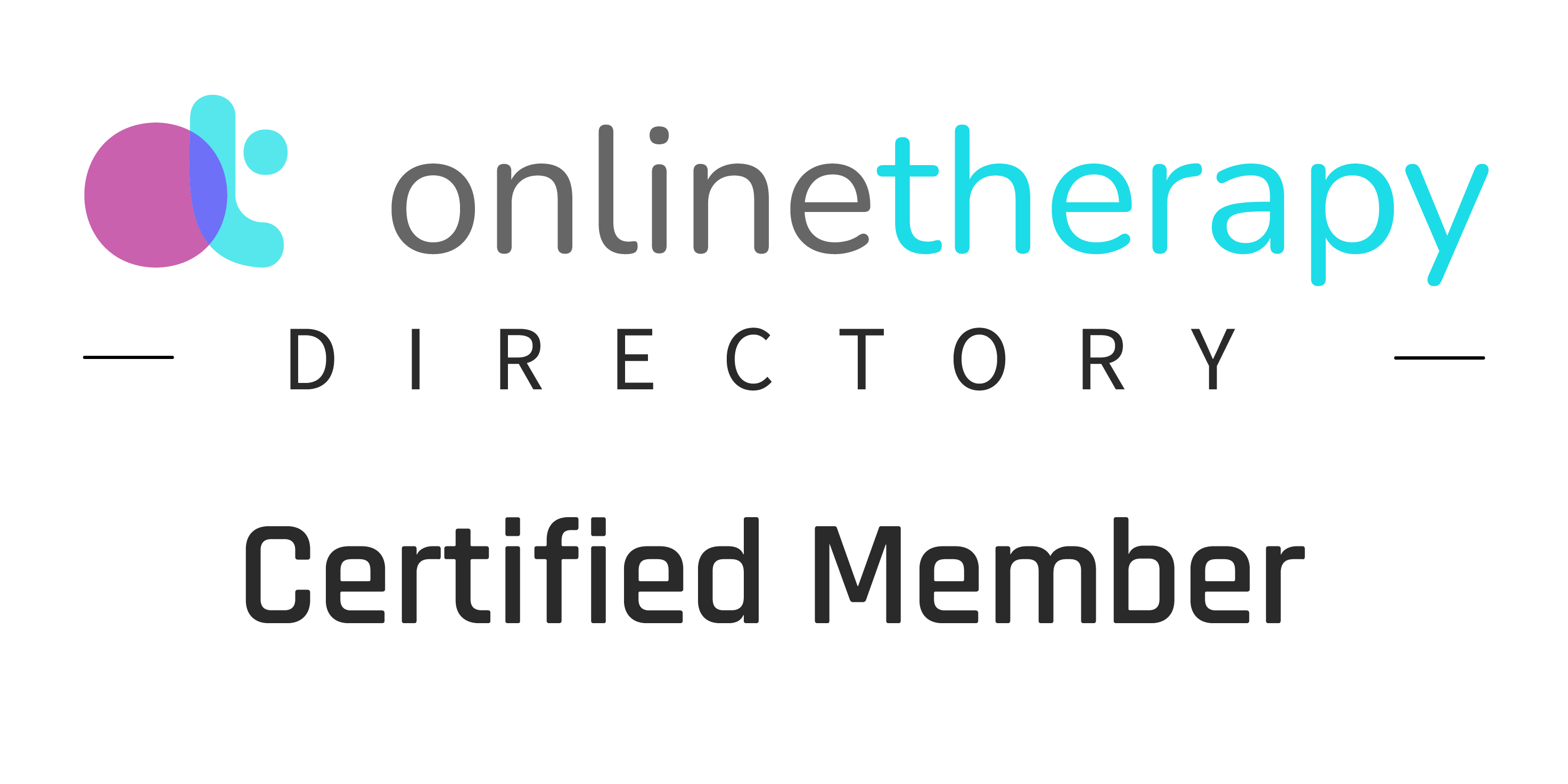Discover coping strategies for dealing with blame in the workplace.
Bullying in the Workplace
Insecurity in the Workplace
Pregnant Employees and Job Seekers Find Success in Working from Home
by Dr. Sue Ann T. Guy
The world has changed. Wouldn’t you agree? At some point in the last two years of combatting the Coronavirus (COVID-19) pandemic, the ways we interviewed for jobs and employed workers - particularly pregnant employees - somehow changed.
In a pre-pandemic era, visible pregnancy was insincerely deemed unconducive to both successful interviewing and sustained work productivity.1 Historically, pregnant women were simply discouraged from seeking new employment or continuing current employment. Pregnant employees favored the three-month maternity leave to satisfy full-term pregnancy, childbirth and recovery. Not surprisingly, businesses either biasedly or unbiasedly weighed risks when hiring pregnant job candidates and maintaining pregnant employees. Costs of replacing a new hire on maternity leave shortly after commencing employment, for example, were usually unbiasedly rejected by businesses.
Although the Pregnancy Discrimination Act (PDA) protects a woman’s choice to disclose pregnancy to an employer, pregnant women still feel obligated to justify interviewing for new employment or retaining current employment.1 Current employees who become noticeably pregnant over time candidly inform their employers of impending childbirth and secure maternity leave or temporary leave-of-absence for a period of time. Overtly pregnant job seekers, on the other hand, diligently plan how to respond to employer interview questions concerning immediate work productivity (i.e., time management, task completion, goal attainment, etc.). For example, if the candidate is asked by an interviewer, “Why consider starting a new job now when childbirth is scheduled soon after employment commences?” A pregnant interviewee confidently responds, “Fortunately remote employment now provides an exceptional option to effectively continue working while expecting!”
As the world constantly adjusts to pandemic living, a new era of workplace innovation ushers in what we have come to learn and love - some of us ecstatically - as “working from home” (i.e., remote employment). Workers from home bask in the advantages of more flexible time management, independence and personal space, improved communication, financial savings, reduced work absences, increased job satisfaction, better work-life balance, increased productivity and imaginary traffic jams.2 Loss of a team environment, increased distractions and lost access to office resources remain possible side effects of remote employment.2, 3 Yet still, the popularity of men and women working from home persistently surges across the US.
Christine Reilley, a Senior Director of Strategy and Innovation at American Society of Mechanical Engineers, applauded working from home, “I’m better rested. I can devote more time to my work.”3 Kate Lister, the President of Global Workplace Analytics, advocated remote employment as well, “Any kind of flexibility is something that people are really, really ripe for, just some control over where and when they work.” Gallup surveyed 2,276 randomly-selected American adults and found that 60% of participants prefer working remotely “as much as possible”, whereas only 40% would venture back into the office.
Pregnant employees embrace working from home as “the new normal”. Pregnant job seekers now pursue work-from-home opportunities nationwide just to attain work-life balance. Working from home during pregnancy is mutually-rewarding to employees and their employers.4 As pregnancy increases the time women need for medical and personal care, the benefits of flexible time management are highly desirable to pregnant remote workers. Work autonomy in the privacy of one’s home ensures pregnant employees can attend medical appointments, brave morning sickness, rest from tiredness, avoid traffic jams, care for other children and prepare for childbirth - all without compromising employment productivity and goals. Pregnant employees’ use of mobile internet devices (i.e., IoTs) while working on-the-go efficiently facilitates continuous workflow and improved communications.5 As job attendance and productivity outputs of pregnant employees improve while working remotely, financial savings from working at home accrue exponentially. Increased available cash for personal spending are allocated to necessary house purchases, nursery preparations and minivans. Profound job satisfaction (i.e., employee happiness) experienced by pregnant workers-from-home surges over time, contributing to employee loyalty and retention.6 Businesses relish in long-term business stability, increased productivity and growth, each stemming from long-term, satisfied employees.7 When interviewing for immediate remote employment, pregnant job seekers wield the power of a compelling claim.
Interviewers quietly reluctant to permit working from home can rest assured that undeterred work performance will prevail. Even if the workplace’s team environment dissolves as employees work from home, pregnant remote workers thrive in the freedom of autonomy.4 Workers-from-home may also unwillingly relinquish regular access to workspace resources (i.e., supplies, subscriptions, books, software, hardware, etc.). However, some US states offer financial incentives for working for home, which may assist covering increased home office expenditures.2 Similarly, distractions in the home environment may be more or less than the workplace. Pregnant employees eliminate distractions while working from home by: (1) mastering time management using an online calendar with notification alerts (i.e., Google Calendar) on various IoTs; (2) ticking off a “To-Do” checklist daily and celebrating those accomplishments; (3) dressing up to work from home, and; (4) working alone in a quiet, dedicated, private room, such as the home office, den, library or guest bedroom.8 A pregnant employee’s motivation to work from home easily overcomes distractions and other obstacles to maintaining steady workflow. Outstanding productivity levels emerge from pregnant remote employees who are determined to satisfy employment goals. Pregnant job seekers who aim to work from home contribute to business success.
Remote employment is now a global strategic business practice for mobile and lean operations, despite advantages and disadvantages. Today’s organizations welcome interviews and employment catered to pregnant women who prefer working from home. Pregnant job seekers confidently apply and interview for immediate remote employment. Pregnant remote employees maintain increased work productivity, successfully satisfy employment goals and
perform valiantly.
Citations
1. https: //community.themomproject.com/the-study/interviewing-while-pregnant
2. https://www.indeed.com/career-advice/finding-a-job/the-pros-and-cons-of-working-from-home/
3. https://www.nytimes.com/2020/05/05/business/pandemic-work-from-home-coronavirus.html
4. https://www.refinery29.com/en-gb/2022/02/10862679/working-from-home-pregnancy/
6. https://positivepsychology.com/motivation-theories-psychology/
7. https://fisherpub.sjfc.edu/education_etd/372
8. https://blog.vantagecircle.com/avoid-distractions-while-working-from-home/
Balancing Self-Care and Side Hustles
3 Keys to A Winning Resume
2 Easy Ways to Develop Team Talent
4 ways to break free from self-sabotage
We all have self-sabotaging tendencies. Learn how to overcome your internal barriers in order to pursue your dreams of starting a business, seeking a new relationship, starting a family, traveling to your dream destinations, and any other goal in life that you would like to pursue. Pat Pearson’s book, “Stop Self-Sabotage” provides the key ingredients to breaking through and achieving goals without excuses.















